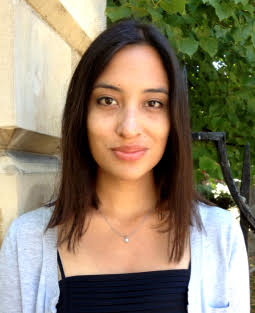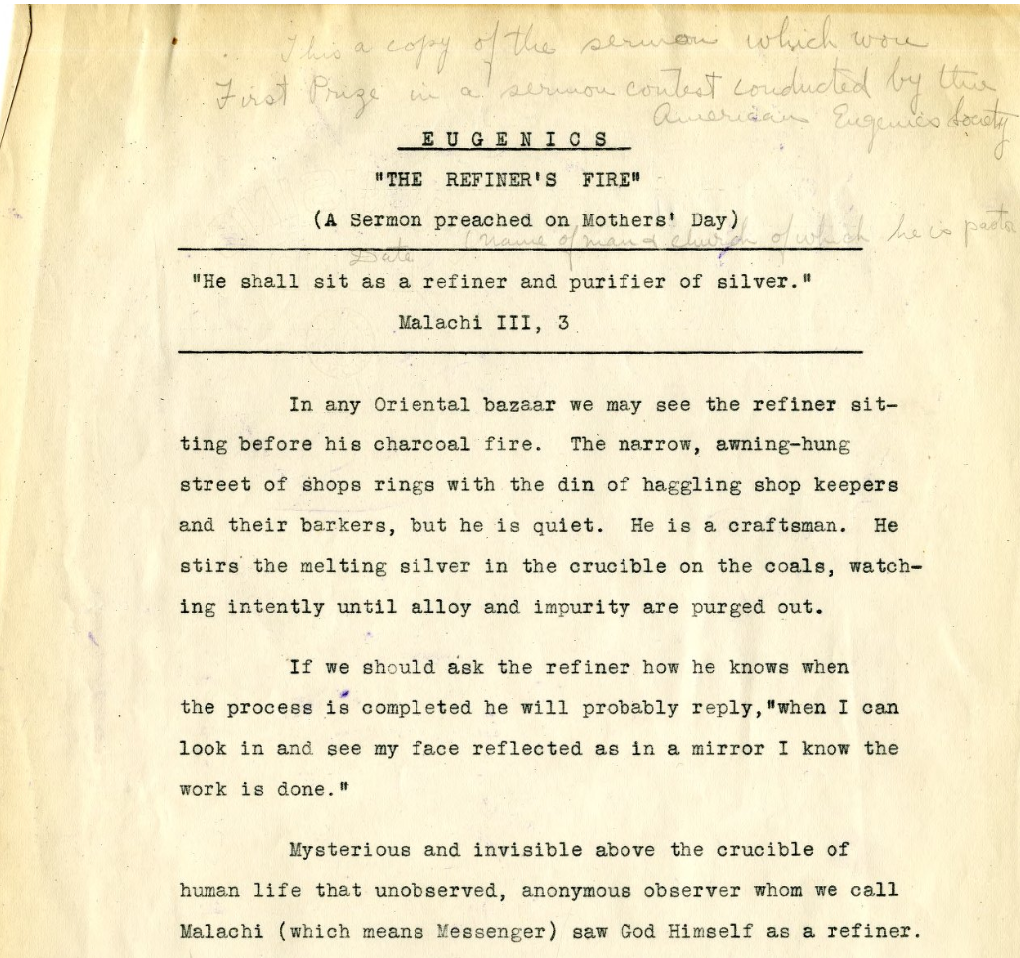Featured Fellow: Myrna Perez Sheldon, 2017–2018 William T. Golden Fellow
The Library at the American Philosophical Society supports a diverse community of scholars working on a wide-range of projects in fields including early American history, history of science and technology, and Native American and Indigenous Studies, among others. Read on to learn more about some of our fellows and their research at the APS. Additional information about our fellowship programming and other funding opportunities can be found here.

Myrna Perez Sheldon
Project: "The Ontology of a Mixed-Race Woman"
Briefly describe your research project.
In this book project, tentatively titled “The Ontology of a Mixed-Race Woman,” I ask the question: How does a mixed-race woman come into being? The phrase “come into being” is critical, because it highlights that this is at once a material question: What persons had sex in order to produce a mixed-race woman? It is also an epistemological question: how is that a woman is considered mixed race? But it is also an ethical question, because to come into being I mean to have a body and a consciousness that is affected by society’s categories, regulations and laws. To pursue this question, this project examines the lives and experiences of eight mixed-race women who lived between the antebellum period and the Progressive Era in the United States, with particular attention to the ways that both scientific and religious discourses influenced the romantic, sexual, intellectual and labor lives of mixed-race women in this period.
What collections did you use while working at the APS?
I concentrated on three aspects of my project while at the APS. First, new scientific arguments about race-mixing that were put forward by the American School of Anthropology in the antebellum period. For this, I used the Samuel George Morton Papers. Second, new arguments about race-mixing that circulated in the international eugenics movements. For this, I used the American Eugenics Society Papers, the Charles Davenport Papers, and the Eugenics Record Office Papers. Finally, I examined material from the Franz Boas Papers, both for cultural anthropological approaches to race mixing, as well as for material related to one of the featured women in the book, Zelia Nuttall. Nuttall was of Mexican and American parentage, and was an internationally-regarded cultural anthropologist who specialized in the ancient civilizations of Meso-America.
What’s the most interesting or most exciting thing you found in the collections?
While working in the American Eugenics Society Papers, I came across a sermon contest that the society held that asked pastors and rabbis to answer the question- what is the relationship between religion and eugenics? Although I was aware of the support of eugenics by American church leaders (particularly Protestant clergy), because of the work of Christine Rosen in Preaching Eugenics: Religious Leaders and the American Eugenics Movement (2004). However, it was fascinating to read the actual sermons that were entered into the contest; and to see the theological gymnastics that clergy went through in order to argue that the gospel message is actually about preserving and propagating desirable hereditary material.

Do you have any tips or suggestions for future fellows or researchers?
The collections records are extremely well-organized and detailed, so it is possible to map out quite a lot of your research trip in advance; something that will allow you to move through research material in the most efficient way possible. That said, because the APS allows on-demand paging, it is also possible to follow unexpected directions in your research once you arrive at the library.
Myrna Perez Sheldon is Assistant Professor in the Department of Classics and World Religions, and the Women's, Gender, and Sexuality Studies Program at Ohio University. She earned her Ph.D. in the History of Science from Harvard University and was a Postdoctoral Fellow in the Center for Women, Gender, and Sexuality Studies at Rice University. She is a faculty affiliate of the Program for Science, Religion and Culture at Harvard Divinity School, is the editor of Cosmologics Magazine, and was formerly a Research Fellow at the Darwin Correspondence Project. Her current research project, working title "The Ontology of a Mixed-Race Woman," examines the coming-into-being of mixed-race women as scientific, religious and cultural objects in the United States from the antebellum period to the early 20th century.
